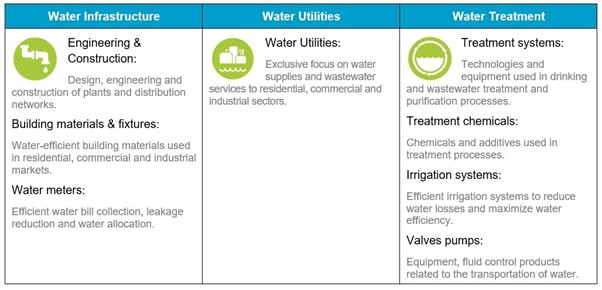Why we can’t all wash our hands
One thing we’ve all been doing a lot more of recently is washing our hands. As a means of avoiding infection, rigorous handwashing has become second nature to many of us over the past year.
But in many parts of the world, you can’t simply turn on the tap. Some 3 billion people lack basic handwashing facilities at home1. 2.2 billion people lack access to safe drinking water while 4.2 billion are without properly managed sanitation2. Water-borne diseases, such as typhoid and cholera, kill millions of people each year – most of them children3.
In this age of global pandemics, these figures have worrying implications for all of us.
From the relative comfort of a developed country, it can be hard to appreciate some of the challenges posed by water scarcity. But in many tropical or arid regions, the scale of the threat is all too clear. According to the UN, water scarcity could displace 300 million people by 2030. It’s not a problem we can ignore.
Demographics and the climate crisis
One major factor in the world’s water crisis is our growing population. As a species, humans use six times the amount of water we did a century ago4. Demand has risen sharply – and it will continue to rise as populations grow. By 2030, demand for water is likely to outstrip supply by 40%, with half of the world’s population facing water stress5.
At the same time, freshwater resources are being depleted at an alarming rate. Changes to our climate make the supply of water more erratic because rainfall is altered in unpredictable ways. Longstanding seasonal patterns are being disrupted. The worst impacts of climate change come through droughts and floods – both of which affect the supply of clean water.
Higher temperatures caused by climate change also affect the quality of water, because they lead to a reduction in the dissolved oxygen in water bodies which constrains their ability to purify themselves. In this way, climate change affects both the quantity and the quality of the world’s water supply6.
According to the UN, constraints on the supply of water are the main way that people experience climate change worldwide7. Water scarcity is not just being exacerbated by the climate crisis; for millions of people, it is the climate crisis.
What investors can do
The innovations needed to tackle the water challenge – from satellite-based observation of climate patterns to smart technology that detects leaks in water systems – are costly. And that’s where investors come in.
Investors have a crucial role to play in allocating capital to the companies making a real difference in water. And because water scarcity is such a pressing and persistent problem, it presents a compelling long-term investment theme for investors who want to combine returns with real impact.
The Lyxor World Water ETF
One way in which investors can contribute to the fight against water scarcity is by investing in water funds. The Lyxor World Water (DR) UCITS ETF is one of the largest and longest established, offering investors a liquid (no pun intended) and low-cost way to help. It invests in the world’s 30 largest water companies by revenue across three ‘clusters’: water treatment, utilities, and infrastructure.

Turning the tide
Lyxor’s World Water ETF gives investors the power to turn the tide on water scarcity. Happily, that comes with the potential for attractive long-term returns. For investors who want to make a positive impact, the World Water fund is an obvious choice – because, when it comes to water scarcity, none of us can afford to simply wash our hands. Learn more about the Lyxor World Water (DR) UCITS ETF.
1https://www.unicef.org/eap/press-releases/handwashing-soap-critical-fight-against-coronavirus-out-reach-billions-unicef
2https://www.unicef.org.uk/press-releases/1-in-3-people-globally-do-not-have-access-to-safe-drinking-water-unicef-who/
3https://www.theworldcounts.com/challenges/planet-earth/freshwater/deaths-from-dirty-water/story
4https://unesdoc.unesco.org/ark:/48223/pf0000372985.locale=en
5https://www.un.org/sustainabledevelopment/water-and-sanitation/
6https://www.unwater.org/publications/world-water-development-report-2020/
7https://www.unwater.org/water-facts/climate-change/









